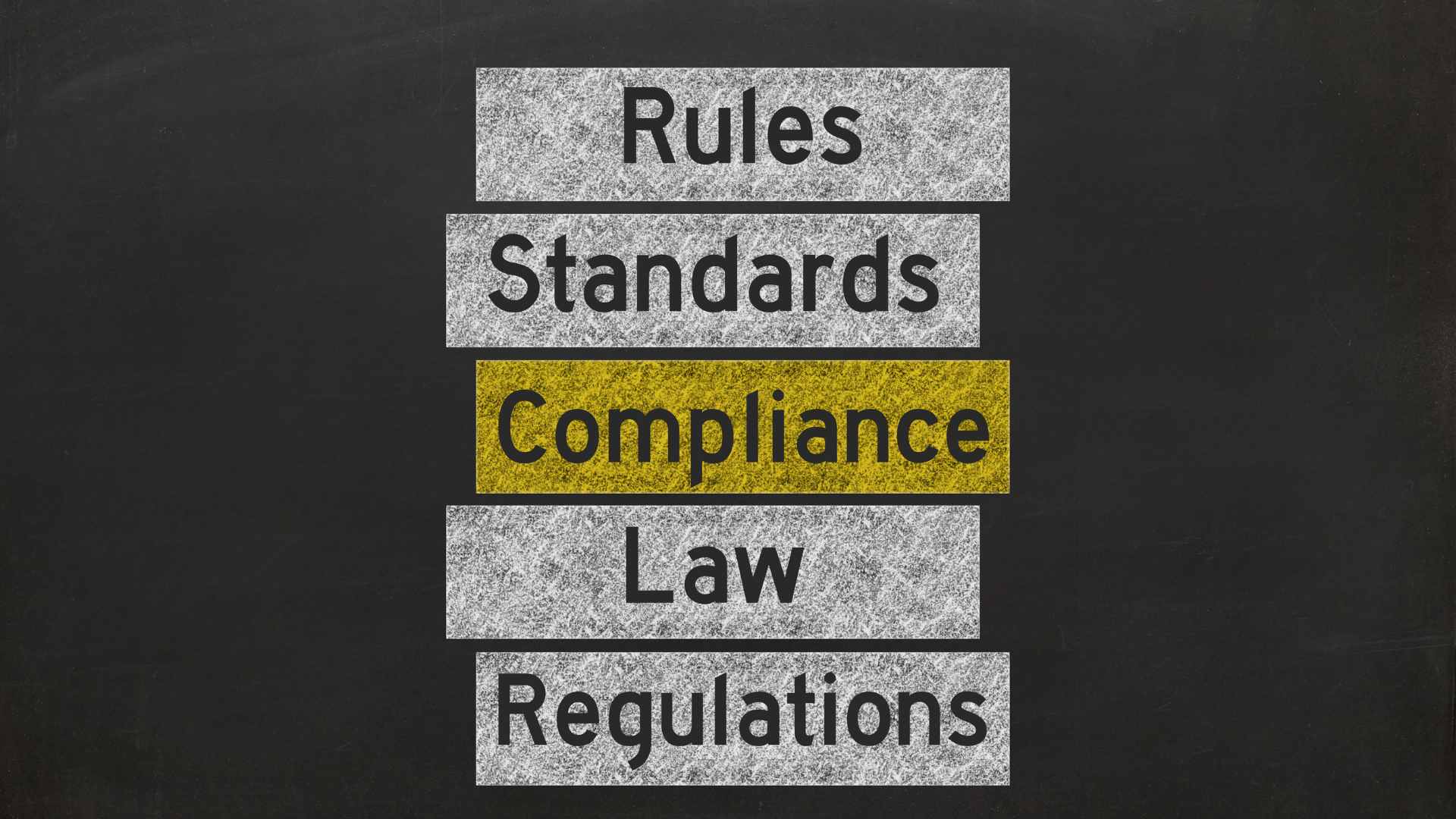VIEW BY TOPIC
- Finding Customers
- Business Systems
- Managing Employees
- Leadership
- Managing Money
Related Posts

Ready to Grow Your Business Fast?
Here’s How I Grew Five Businesses, and Eventually Sold One to a Fortune 500 Company.

As more and more companies embrace remote work, the question of how to pay remote employees has become increasingly important. There are a number of factors to consider when paying remote employees, including location, tax implications, and benefits. Here are seven important tips for how to pay remote employees.
Be Aware of Currency Conversion Fees
When you pay an employee who is based in a different country, you will need to be aware of any currency conversion fees that may apply. These fees can vary depending on the bank or financial institution you use, so it’s important to compare rates before making a transfer. You may also want to consider using a service that specializes in international payments, to pay someone overseas, and to avoid high fees. This fee can eat into your profits, so it’s important to be aware of them when budgeting for employee salaries.
Another thing to keep in mind is that exchange rates can fluctuate, so the amount you pay your employees may be worth more or less depending on the current market rate. This is something to keep in mind if you have employees in multiple countries, as the value of their salary may fluctuate over time.

Consider the Location of Your Remote Employees
By considering the location of your employees, you can make sure that you’re paying them fairly and compliantly. When you pay them. It’s important to think about the cost of living in different locations and how that will affect your employees’ salaries. You should also take into account the tax laws in different countries. Paying remote employees can be complicated, but it doesn’t have to be. You can partner up with an employer of record to act as a local employer on your behalf and make sure you are compliant with the local employment regulations and legalities.
By taking the time to consider your employees’ locations, you can ensure that you’re doing it right. You need to take into account the cost of living in their location. Employees in New York City will need a higher salary than employees in a small town in the Midwest.
Consider a Payroll Service
Payroll services can help to ensure that employees are paid on time and correctly and can also offer other benefits such as tax withholding and compliance with labor laws. When choosing a payroll service, it is important to consider the fees charged, the countries in which the service operates, and whether the service can handle any special requirements you may have.
If you have employees in multiple countries, you may also need to consider whether the payroll service can handle payments in multiple currencies. Some payroll services also offer additional features such as time-tracking and employee self-service portals.
Consider the Tax Rate for Your Remote Employees
Check the tax rates in the country where your employee is located. You will be required to withhold taxes from their paychecks and send the money to the government. In the United States, for example, you would need to withhold Social Security and Medicare taxes, as well as federal and state income taxes. The amount of tax you withhold will depend on how much your employee earns and whether they claim any deductions or exemptions.
If your employee is located in a country with a lower tax rate than the United States, you may be able to get a tax credit for the difference. This means you would only have to pay taxes on the portion of your employee’s salary that is equal to the tax rate in their country.
You will also need to pay any required employer taxes, such as unemployment insurance and workers’ compensation. These taxes vary from country to country, so be sure to check with your accountant or tax advisor to find out what is required. In addition to federal and state taxes, you may also be required to pay local taxes. These can include city, county, and school district taxes. The amount of these taxes will depend on where your employee lives and works.
Choose a Convenient Payment Method
There are a few things to consider when paying remote employees. The most important is to make sure the method is convenient for both the employer and the employee. Different methods can be used, each with its own pros and cons. One popular method is to use a third-party service like PayPal. This can be quick and easy for both the employer and employee. The downside is that there may be fees associated with this service.
Another option is to use direct deposit. This is often the most convenient option for employees, as they can have their paychecks deposited directly into their bank accounts. The downside to this method is that it can take a few days for the money to clear, which may not be ideal for employers who need to pay their employees on a more immediate basis.
Have a Clear Understanding of Your Company’s Policy
When it comes to paying remote workers, it is important to have a clear understanding of your company’s policy. This will ensure that you are in compliance with the law and that you are not overpaying or underpaying your employees. Your company’s policy on paying remote employees may vary depending on the country in which they are located.
For example, some countries may require that you withhold taxes from your employees’ paychecks, while others may not. Be sure to consult with your accountant or HR department to ensure that you are complying with all applicable laws.
Keep Accurate Records of Payments for Your Remote Employees
Paying employees can be a complex task, especially if you have employees working in different locations. It is important to keep accurate records of all payments made to ensure that everyone receives the correct amount and that taxes are properly withheld. There are a few different ways to keep track of employee payments. One option is to use an online payroll service, which can automate many of the tasks involved in paying employees. This can be a helpful option if you have a large number of employees or if you have employees in different locations.
Another option is to use spreadsheet software to track employee payments. This can be a good option if you have a small number of employees or if you want to have more control over the process. You can also use accounting software to track employee payments. This may be a good option if you are already using this software for other purposes and if you want to integrate employee payments into your accounting system.
No matter which method you use to track employee payments, it is important to keep accurate records. This will help you ensure that everyone receives the correct amount and that taxes are properly withheld. Keeping accurate records can also be helpful if you ever need to review or audit your payroll records.
Paying remote workers can be a bit tricky, but it’s definitely doable with the right tips. By following the seven tips above, you can ensure that your remote employees are getting paid on time and without any issues. So go ahead and start paying your remote employees today.














